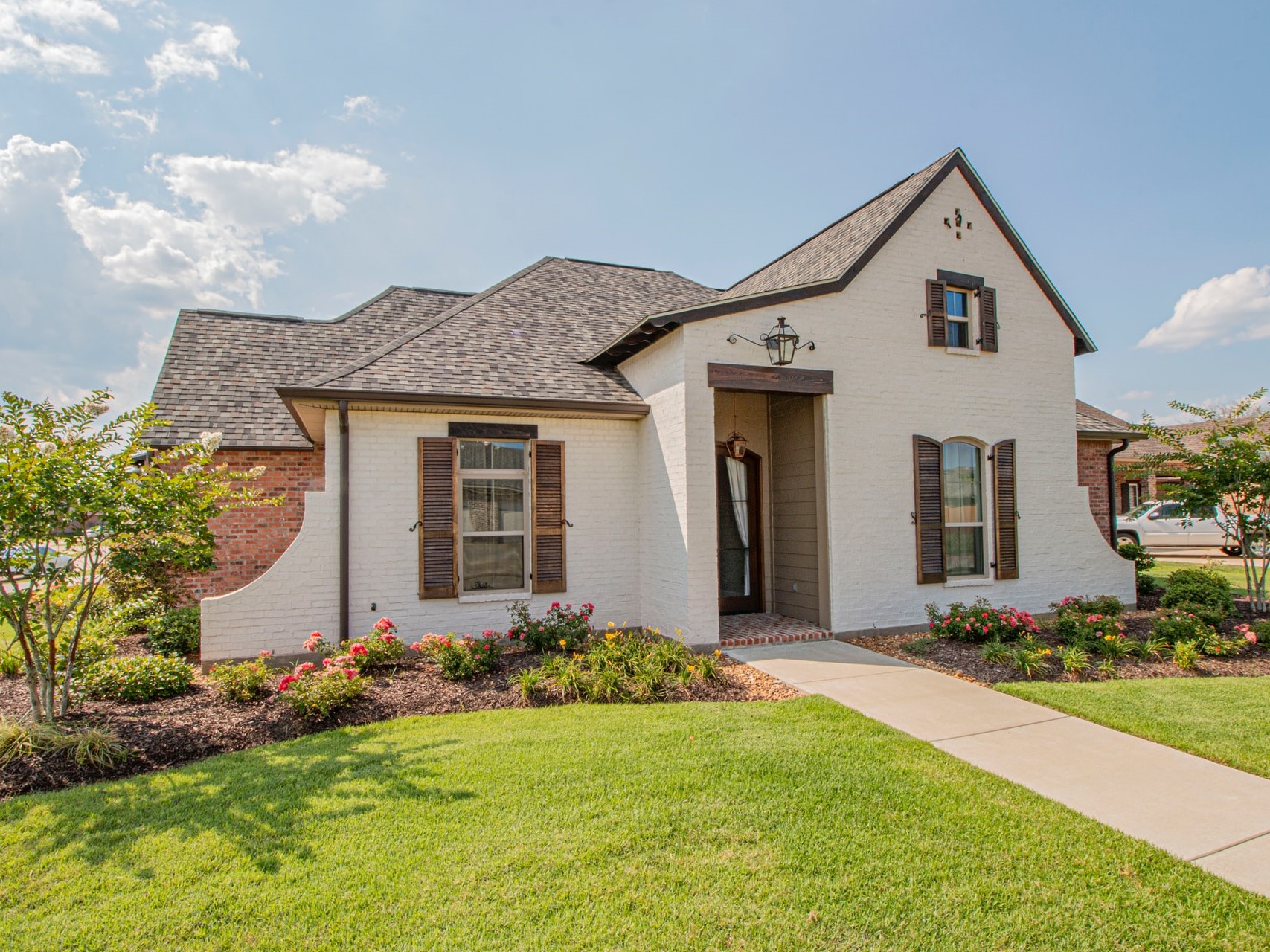New Statistics Canada data shows that residential housing investment reached historic highs in the first quarter of 2021. The well-documented housing mania has made it possible for the sector to grow even faster than the GDP and it now represents a much more substantial role within our economy. Canada is currently 50% more reliant on the housing sector than that US bubble of 2006 - an alarming statistic.
Residential housing investment is the real estate sector's unequivocal contribution to the country's GDP. Canada's totals include the home construction, major renovations as well as title transfer fees. Residential investment needs to establish the right balance as opposed to the GDP. If growth is too little, it may signify a drop in confidence in the economy or market dullness.
Conversely, when growth is too substantial, it can indicate surplus and a misallocation of capital. This will often happen when money can be had on the cheap, and when it has few other sectors to immerse itself in - both usually negative scenarios.
The seasonally adjusted annual rate (SAAR) reached $247.9 billion in the first quarter of 2021 - just over 15% percent higher than the preceding quarter, and a massive 42 percent higher than last year's first quarter.

You would be hard-pressed to find an economy that is as reliant on the real estate sector than Canada. In 2006, experts cautioned when real estate made up for 5% of the American GDP - it finally peaked at 6.7% during the bubble.
As mentioned above, Canada is 50% more dependent on housing than as witnessed during the 2006 bubble. The country's figure can definitely rise from here, undergo a correction. Residential investment will persist as long as long as it can secure new capital. The problem is as this figure increases, economic growth is consequently stunted and thus, creates more capital misallocation.
The problem is as this figure increases, economic growth is consequently stunted and thus, creates more capital misallocation.
